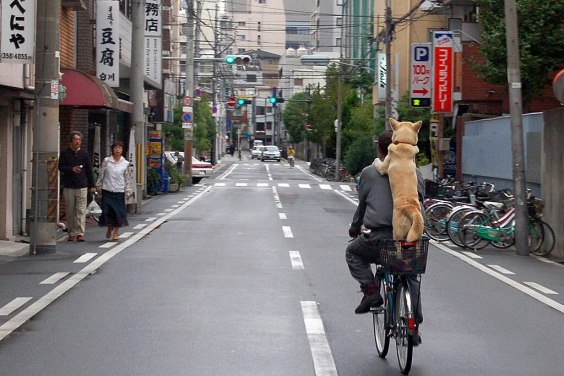The Environmental Protection Agency (EPA) today announced
a new "one-hour standard" aimed at limiting Americans' short-term
exposure to nitrogen dioxide (NO2), a pollutant created by cars, power
plants, and other industrial sources.
 (Photo: TreeHugger)
(Photo: TreeHugger)NO2,
a main ingredient in smog, is linked to adverse
respiratory health effects such as chronic asthma. In creating a new
one-hour NO2 exposure limit of 100 parts per billion (ppb), the EPA
noted that the risk of short-term NOX exposure is particularly acute
near major highways.
As EPA chief Lisa Jackson said in a statement:
This new one-hour standard is designed toprotect the air we breathe and reduce health threats for millions ofAmericans. For the first time ever, we are working to preventshort-term exposures in high risk NO2 zones like urban communities andareas near roadways. Improving air quality is a top priority for thisEPA. We’re movinginto the clean, sustainable economy of the 21st century, defined byexpanded innovation, stronger pollution standards and healthiercommunities.
The rule will be enforced by setting up monitors near roads in areas
with more than 500,000 residents, according to the agency, with a
deadline of 2013 for the beginning of pollutant tracking. The EPA said
it plans to work directly on 40 new monitors for cities and towns with
the most significant NO2 exposure.
It's worth noting, however, that major cities have remained out of
compliance with EPA air-quality standards for years without
losing significant amounts of federal highway money, as the federal
government often threatens. Moreover, the EPA has not changed the
current annual NO2 standard of 53 ppb.





